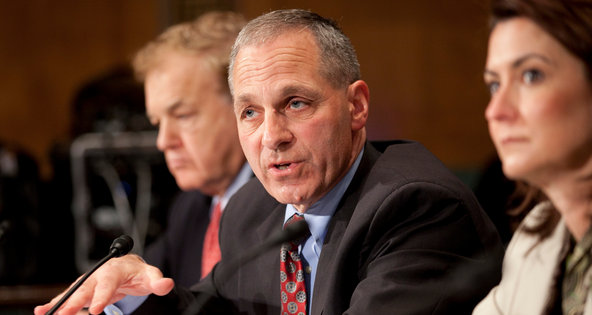Some journalists just can’t stop working.
As the magazine Budget Travel winds its way through bankruptcy court and its lawyers insist that its staff stop working, the Web site continues to chug along with periodic posts by Robert Firpo Cappiello. On March 1, he wrote about how travelers can save on Rail Europe this month. On Feb. 27 he debated whether Las Vegas was safe. On Feb. 22, he introduced readers to “America’s coolest small town.”
But the lawyers handling Budget Travel’s bankruptcy had no idea that Budget Travel was still publishing material. According to e-mails included in the bankruptcy filing, Robert A. Wolf, a legal adviser on the case, ordered Elaine Alimonti, Budget Travel’s vice president and publisher, in a Feb. 14th e-mail to “cease and desist immediately from conducting any and all business activities on behalf of Budget Travel.”
Robert Geltzer, the trustee handling the case, was also not aware that the Budget Travel Web site was still producing new content.
“I don’t read the Web site,” Mr. Geltzer said. “It’s not an official document.”
According to e-mails in the filing, Ms. Alimonti tried to explain to the courts that it isn’t easy to simply shut a Web site down.
“Because the Budget Travel business is primarily digital, and cloud-based, operations continue beyond the control of the staff: Consumers are still able to schedule vacations via the Web site; consumers are still buying and paying for subscriptions.”
She urged the bankruptcy court to continue to let the Web site function because it made it desirable to potential bidders, including Morris Communications and Travel Leaders. Both companies declined to comment about whether they were interested in Budget Travel.
Mr. Geltzer said that Allan L. Gropper, the federal bankruptcy judge on the case, was flexible about the process of shutting down the Web site. But Mr. Geltzer was firm that he would not pay any Budget Travel employees for their continued efforts.
“No one will be paid a penny for it,” he said.
Budget Travel’s long-running financial problems stem from its relationship to the company owned by the Wall Street investor Alphonse Fletcher Jr. of Fletcher International. In 2011, Mr. Fletcher filed a lawsuit against the Dakota, a residence on the upper west side of Manhattan, accusing the co-op of race discrimination for not letting him purchase another apartment in the building. The building’s board argued that its concerns were financial.
Since then, Budget Travel, along with many other operations owned by Mr. Fletcher’s company, have fallen into the hands of the bankruptcy court. According to court records, at least four vendors recently sued Budget Travel for not paying its bills for paper stock, rent and staffing services.
Ms. Alimonto and Mr. Cappiello did not respond to e-mails and phone messages left for them. But in a letter Ms. Alimento sent to Judge Gropper on Feb. 19, she wrote, “The asset is such that potential acquirers will lose interest if the company is left to deteriorate.”
Article source: http://mediadecoder.blogs.nytimes.com/2013/03/06/content-lives-on-even-if-web-site-doesnt/?partner=rss&emc=rss


